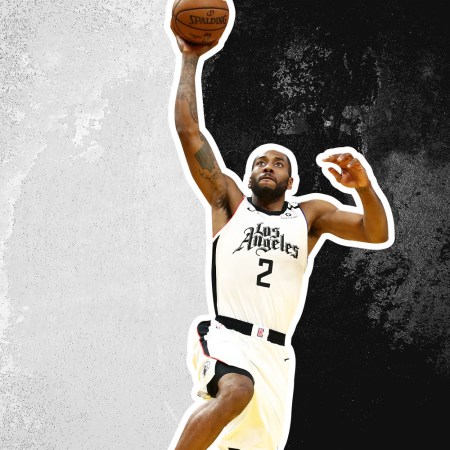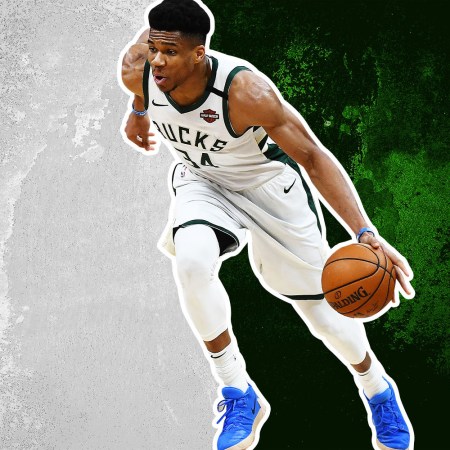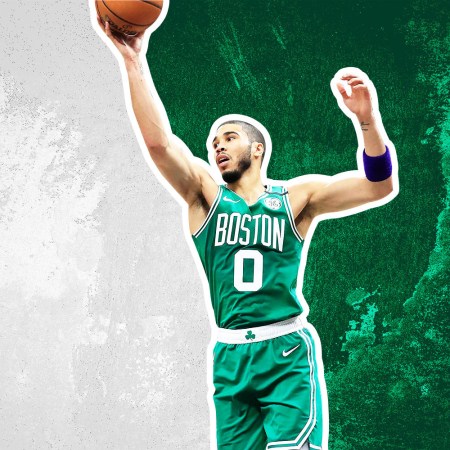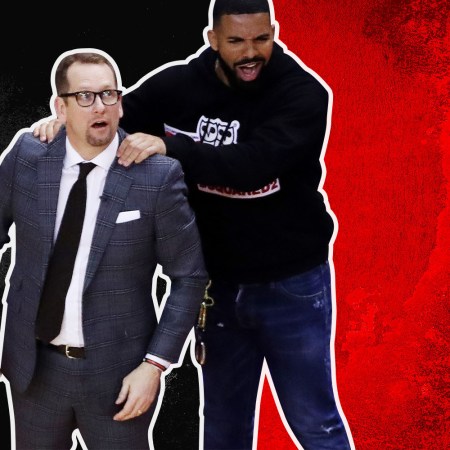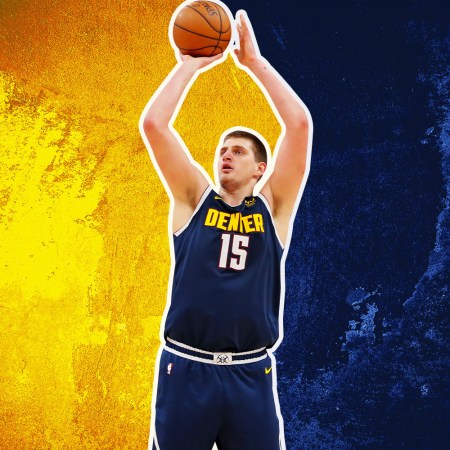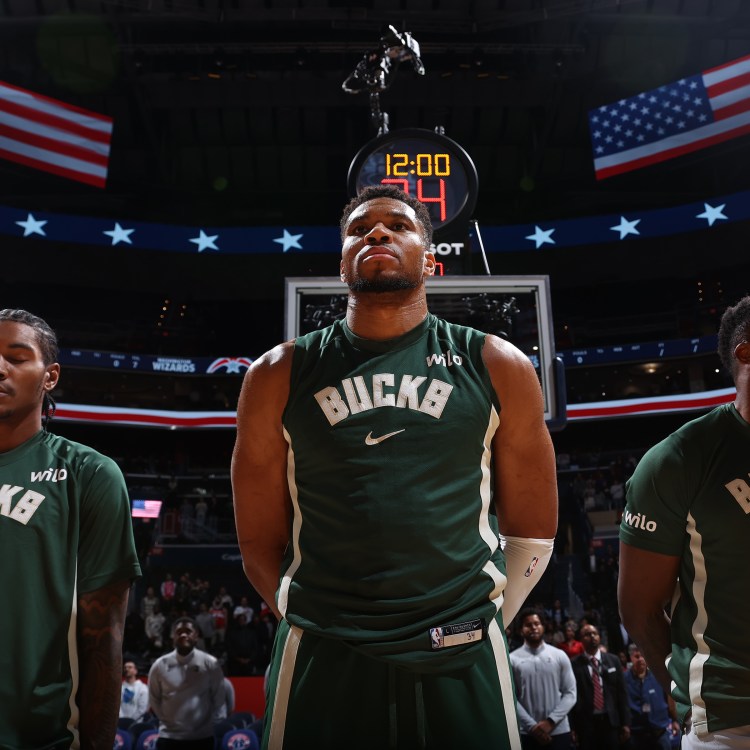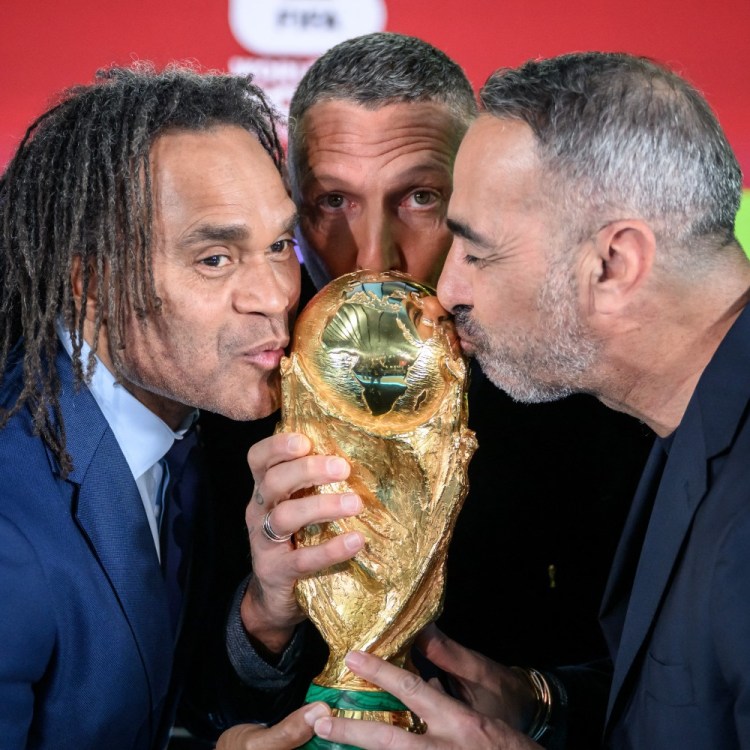Over the next three weeks, we’ll be preparing for the NBA’s long-awaited restart by attempting to answer the single most important question facing every franchise—from the Washington Wizards to LeBron James and the Los Angeles Lakers— that will be present and accounted for in Orlando. This is 22 Questions.
When we look back at the 2019-2020 NBA season in 10 years (assuming we collectively last 10 more years), 2020 will mark the full-throated arrival of basketball’s newest generation. Twenty-year-old Luka Doncic posted statlines that Michael Jordan never reached. Trae Young, in just his second year, is already challenging Stephen Curry and Damian Lillard as the game’s premier offensive point guard, while rookies Zion Williamson and Ja Morant resuscitated moribund franchises. And that’s not even mentioning Devin Booker or Brandon Ingram or Ben Simmons or Joel Embiid or Nikola Jokic or a seemingly infinite number of sub-25-year-old studs — let alone Giannis Antetokounmpo, who’s about to become only the third player since the NBA/ABA merger to win two MVPs before his 26th birthday. Yet, alone at the league’s summit, LeBron James still remains, 36 years old and still the best player in the world.
The careers of most athletes follow a pretty well-worn arc, tracing the parabola of ascent to plateau to descent. LeBron is different. Rather than peaking, he — like pre-meltdown Kanye West — has merely gone through different yet equally excellent stages. During his first stint in Cleveland, he dominated with thermonuclear athleticism. In Miami, he became a basketball cyborg, blending ludicrously efficient high-volume scoring with defense better than even technology could imagine. Then, in Cleveland again, he became a system unto himself, willing limited rosters to the Finals through sheer force of will. Now a Laker, he’s the biggest and smartest point guard in the world.
Although James is no longer quite the same titanic athlete he was five years ago, he’s staved off decline by continually adding to his game. His 25.7 points per game are the fourth fewest he’s averaged in a season, but still an elite figure for anyone. Like any good TikTok dad, James is fluent in the ways of the Youths while maintaining his central identity; he has internalized the three-point revolution and is shooting the most threes of his career, but drills trifectas in the goofiest, dad-est way imaginable.
The current iteration of LeBron James is probably best exemplified by the new areas he occupies. This year, he’s driving more than he has in any other season that has available tracking data, showing that he’s starting his attacks farther away from the rim than he has in previous years. Similarly, his 92 touches per game are by far the most he’s enjoyed over the last five seasons, but according to NBA.com tracking stats, his 2.6 paint touches per game are way down from his high of 4.4 in 2015-2016. Taken in composite, it’s a clear picture of how James has adapted to playing alongside Anthony Davis, ceding certain areas of the floor to the best big man — if not teammate — that James has ever played with.
After Magic Johnson burped out the clearly not-good strategy of giving Lance Stephenson the reins to explore the outer rim of his sanity, the Lakers have once again entrusted the offense to James. As soon as they get the ball, the Lakers immediately look to funnel the ball to him, and he in turn looks to rifle outlet passes down the length of the court if the defense isn’t paying attention; off of rebounds, the Lakers score about six percent more transition buckets when James is on the court than when he’s on the bench. Davis is the most frequent recipient of these hit-aheads, thanks to his ability to either slip past defenders or to seal them off and provide James an unmissable target.
Beyond the ability to scrape up easy points in transition, James has also keyed the Lakers’ half-court offense. James has always been great at making instant reads to identify soft spots in a defense. This year is no exception: the Lakers are the NBA’s best cutting team thanks to James.
For the first time, his superstar teammate is also a predominately off-ball player, lending James more creative opportunities. Dwyane Wade and Kyrie Irving may have been Davis’s equal as a player, but they were redundant alongside James; Wade and Irving were both special offensive engines, but their production was tempered by the fact that they needed the ball to be at their best. In Davis, James has everything he’s ever wanted and didn’t know he needed. Despite being a freakish, 25-points-per-game scorer, Davis has an innate ability to bob in and out of the defense’s focus, ducking between preoccupied defenders into space for easy points. Unsurprisingly, James has assisted Davis on 172 shots, 42 more than the next closest duo in the league.
What’s more, James has improbably become a more versatile passer than ever before, playing as a pick-and-roll ball-handler at career-highest frequency. Whereas his previous half-court passing largely came from fairly static situations like post-ups or isolations, he’s now mixing in quick live-dribble passes alongside his regular menu of drive-and-kicks and skip passes.
Accordingly, James can make full use of his basketball genius, daring opponents to outsmart him. They rarely do. Big men must try to negotiate how much space to allow James without giving him easy shots at the rim or letting the roll man carve out enough room for a lob; help defenders away from the action must constantly calculate the marginal cost of pinching into the paint (known as “tagging” the roller) to stop the initial pick-and-roll, knowing that doing so will result in an open corner three. With James, defenses truly have no good options. A dunk from the roll-man is obviously bad, but rim-attempts for James or open corner threes for Danny Green are also decidedly not good.
Even on a macro level, James unlocks the Lakers team-building possibilities. In contrast to their crosstown rivals, the Los Angeles Clippers, the Lakers have a fully actualized identity. Since James is able to carry such a tremendous offensive load, the Lakers can load up on role players and defensive specialists without losing any offensive potency. Danny Green or Kentavious Caldwell-Pope or Javale McGee can’t create their own shot, but that’s immaterial when James can create so many for them. Even Davis is a more natural sidekick than leading man, having the most efficient and successful year of his career next to James. On the whole, the Lakers might have the least collective playmaking talent on their roster of any playoff team, but James allays any and all concerns — his skillset alone provides a foundation for building a flexible offense out of unidimensional players.
James, presumably, won’t maintain this level of play forever, and this might very well be his last real chance to add to his legacy and chase down the ghost of Michael Jordan. But, right now, who cares? There’s no use dwelling on some hypothetical matchup that only exists in our imagination. Either way, if LeBron isn’t the GOAT, he’s certainly the King. Long may he reign.
The Charge will help you move better, think clearer and stay in the game longer. Subscribe to our wellness newsletter today.


